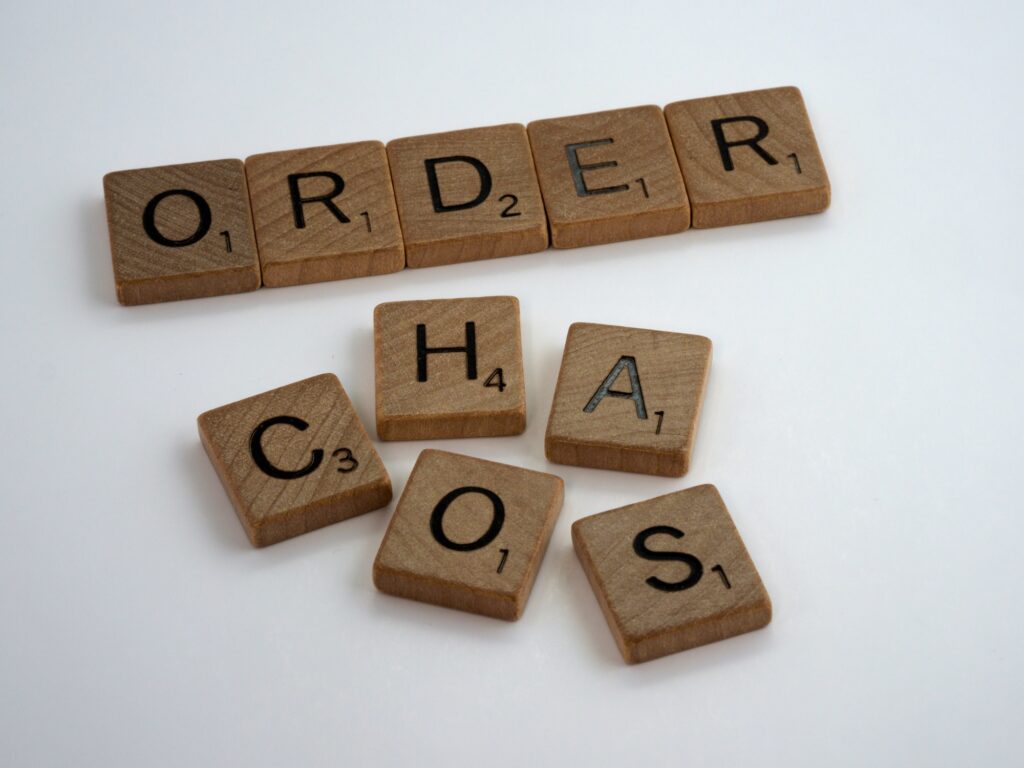The Boat
We sit in the individual boats of our lives, our hands clutching the oars. One moment we feel in control, maneuvering our way into the horizon as we glide across smooth waters. But suddenly, we veer off course, pushed into choppy waters. We paddle with each ounce of energy we can manage to muster. We struggle, resist, and cry out in exasperation. Yet, forces beyond ourselves intervene. And we are thrust into novel situations, forced to adapt or to surrender to the anguish that so often accompanies figurative (and sometimes literal) twists of fate. Such is the journey of life. An oscillation between stable territory and unprecedented circumstances.

The Test
Why does life test us? I know I’m not the first to ask this. Nor will I be the last. Chances are, you’ve wondered this very thing time and time again. Perhaps at your own lowest moments, when nothing seemed to make sense or feel equitable.
We turn to others in our times of turmoil, seeking comfort and soothing energy. But we tend to hear certain phrases. You know the ones I’m talking about, the ones too frequently laced with toxic positivity:
“God/the universe doesn’t give you more than you can handle!”
“Behind every cloud, there’s a silver lining.”
And my personal favorite: “Just stay positive and it’ll all get better!”
If you’re like me, you want to shrink to the size of a hermit crab and spend the remainder of your days in a shell each time you hear one of these statements. Stay positive?!
Let me be clear about one thing. I’m not knocking religion or anyone’s individual spiritual beliefs. Faith is, as many would claim, a crucial aspect of navigating the chaos of life in times of despair. However, I am calling out the layer of bullsh** that comes with hardship. What I mean by that is this: we as humans aren’t taught how to respond to others’ misfortune, let alone our own. When faced with stressors of some sort, we panic. When we see others in such situations, we panic, too. We judge, and we become dumbfounded. We say these not-at-all-helpful (though with good intent) words to people and create more confusion. More confusion behind the meaning of a certain event. More confusion over whose fault a given predicament is.
But, just a reminder in case you didn’t know: It’s NOT your fault. It’s never your fault. Yes, there are those who are complicit in given actions that contribute to our suffering. But to point fingers and project blame, shame, and anger onto another (or, as too often occurs, ourselves) — keeps us stuck. We become trapped in a vicious cycle, and fall into the position of victimhood. Never ideal places to be.

The Why
So why do we end up in these places? And what brings us there? I think it has a lot to do with the fact that we’re never taught what to do with discomfort. We develop coping mechanisms, sure. Some are healthy (i.e. meditation) while others often end in self-sabotage (i.e. numbing through drinking, drugs, sex, etc.). Very few will be natural meditators, able to see their pain objectively, without an extensive amount of practice. And failure. Most of us, despite what the pleasure principle holds (humans’ tendency for seeking pleasure and avoiding pain), might ironically find pleasure in the ongoing pain to which we subject ourselves.
Moreover, we don’t receive any formal education on how to hold space for someone. Like, to truly hold space for them, without trying to impart our own thoughts, feelings, and judgments onto their individual situation. So we teeter in one direction. Either good or bad. A situation that brings suffering must be bad. A situation that’s happy-go-lucky must be good. Like the person in the boat, we feel that we can only be in one territory at once. And it’s true, we often do spend time in one space. But it doesn’t have to be so black or white.

The How
If you take anything away from my post, let it be this: Things can be good for us but still suck. Things can be awful but still benefit us in some way. It’s never as black-and-white as we wish for it to be. It’s all a matter of finding value in challenges— acknowledging the crappiness of them, but also being open to what they can teach. How they can help us grow.
Challenge is a part of life. Challenge is what makes us who we are, and reminds us of our fragilities and vulnerabilities as mortal beings.
Think back to the last book or movie you loved. Why were you so moved by it? Was it because the main character was perfect, and lived a stress-free life with zero problems? Heck no! We’re drawn to stories with conflict, with tension. We’re reeled in by stories that reveal a flaw or weakness in the character, which often keeps them from achieving a particular aim. We relate to others by relating to their vulnerabilities and ability to peel back façades that hide the real them, and say: “Hey, this is me. Take it or leave it.”
Remember that your struggles, your strife— those are what make you one of a kind. No one else in the world has experienced the life you have, which gives you the possibility to talk about your experiences and perceptions in a unique manner. Despite what life throws at you, the dark and unstable places it takes you— you are still whole. You are worthy of love, of joy, and of experiencing this existence as fully as you possibly can.
Here’s to finding a sense of stillness amid the windstorms, hurricanes, and wildfires (both literal and figurative) that this human experience offers us.



I love this so much! You’ve done a great job at being empathetic, kind, and intelligent in writing about how we can navigate tough times. So well-written.
Thank you, Bertilla! I appreciate you taking the time to read <3